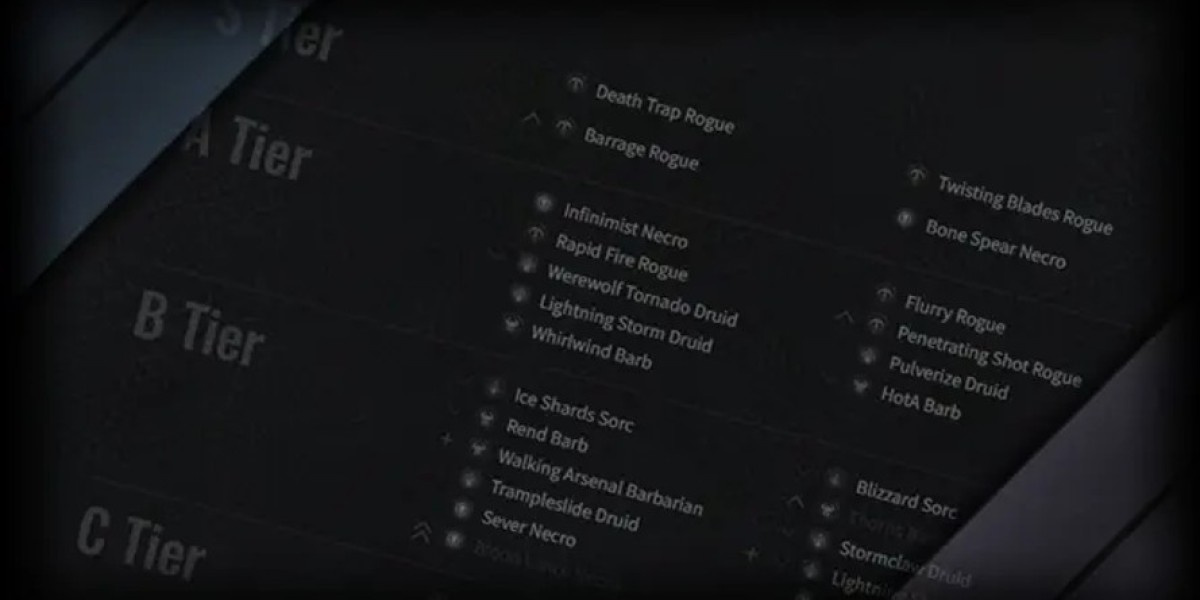Crimp C connectors are widely used in electrical and electronic applications to create secure and reliable connections between cables. To ensure their continued performance and reliability, it is important to follow proper maintenance and inspection practices. In this blog post, we will discuss the best practices for maintaining and inspecting crimp C connectors, helping you identify potential issues early on and ensure optimal performance of your electrical systems.
Regular visual inspections: Conduct regular visual inspecticons of the crimp C connectors to identify any signs of damage or wear. Look for any visible cracks, deformations, or loose components. Check the insulation and strain relief components for signs of deterioration or degradation. Visual inspections can help catch early warning signs of potential issues and allow for timely repairs or replacements.
Periodic cleaning: Keep the crimp C connector clean to prevent the buildup of dirt, dust, or contaminants. Use a soft, dry cloth or a gentle cleaning solution recommended by the connector manufacturer. Avoid using harsh chemicals or abrasive materials that may damage the connectors. Regular cleaning helps maintain the integrity of the connectoras and ensures optimal conductivity.
Retorquing connections: Over time, the connections in crimp C connectors may experience loosening due to vibrations or thermal cycling. Periodically retorque the connections to ensure they are properly tightened. Refer to the manufacturer's guidelines for the recommended torque values and use a calibrated torque wrench to achieve the correct tightness. Retorquing prevents potential performance issues caused by loose connections and helps maintain a reliable electrical pathway.
Environmental considerations: Consider the environmental conditions in which the crimp C connectors are installed. Extreme temperatures, moisture, corrosive chemicals, and other factors can impact the connectors' performance. Take appropriate measures to protect the connectors, such as using weatherproof enclosures or sealing the connectors with appropriate insulation or sealing materials. Ensure that the connectors are installed in accordance with the manufacturer's recommendations for environmental conditions.
Periodic electrical testing: In addition to visual inspections, perform periodic electrical testing of the crimp C connectors. Use suitable electrical testing equipment to measure electrical continuity, resistance, or voltage drop across the connectors. Compare the test results with the specified values or baseline measurements to identify any deviations or abnormalities. Electrical testing helps ensure that the connectors are functioning within the expected parameters and helps detect any potential issues early on.



